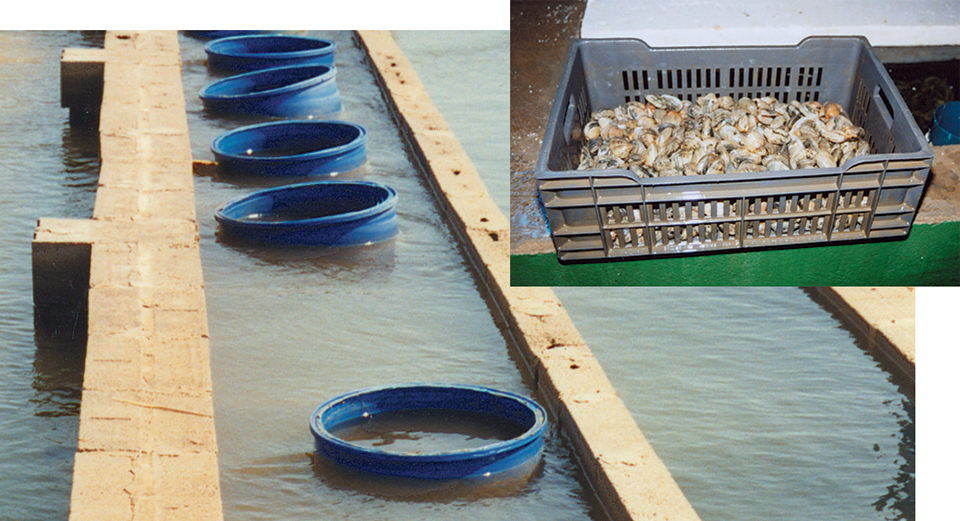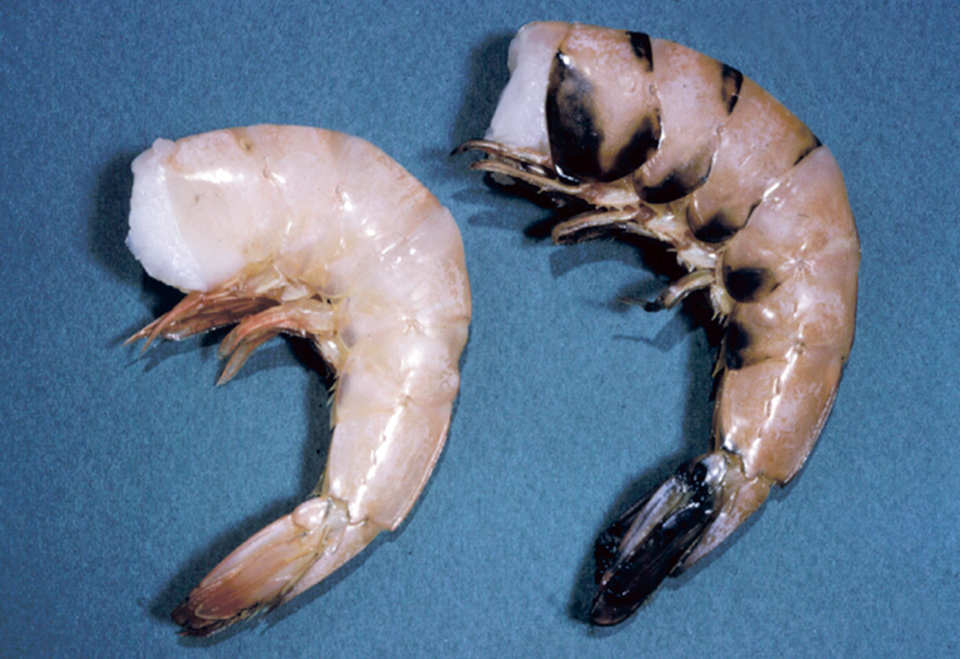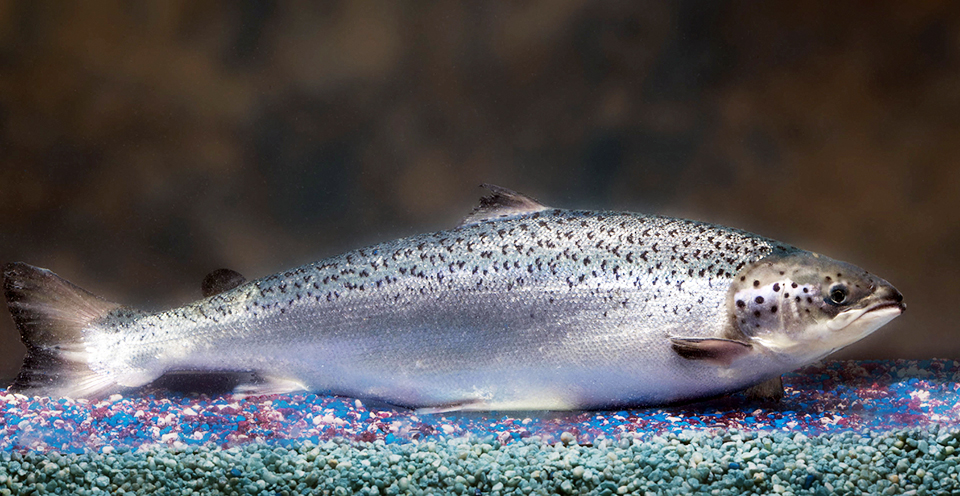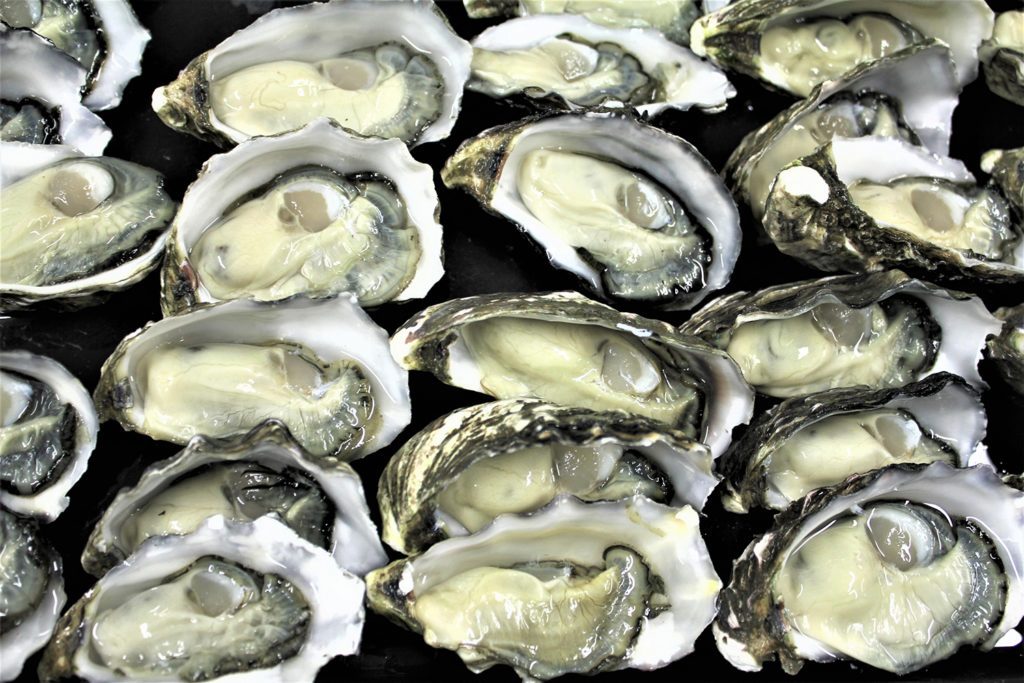Residues from antibiotics and other chemotherapeutants a growing concern

As with wild-caught species, public health issues associated with aquacultured species are well defined. They include bacterial and viral pathogens, parasites, heavy metals and chemicals.
Aquacultured species pose no more and, in certain instances, fewer hazards than those associated with wild-caught fish. However, one unique hazard associated with aquaculture is the possible presence of antibiotic residues from chemotherapeutants used to treat disease outbreaks.
Biological pathogens
There are few reported incidences of food poisoning associated with the consumption of finfish, probably due to the fact they are cooked prior to consumption.
Although biological pathogens are indigenous in all freshwater and marine environments, study data indicates a low incidence of enteric pathogens in aquaculture environments, except those in certain nonindustrialized countries where untreated manure is used to fertilize ponds. Finfish raised in such wastewater systems, however, are used primarily for internal food consumption within the individual countries and not for export.
There are no documented reports of illnesses from fish raised in these systems. However, that may be due to the poor reporting processes in most nonindustrialized countries, since data collected during epidemiological studies indicates people who consume fish cultured in wastewater ponds have higher incidences of diarrheal illnesses.
Molluscan shellfish can present a public health challenge, since there is generally little control over the growing environment except to ensure that the water meets regional or national standards. As filter feeders, molluscan shellfish can concentrate bacteria and viruses such as Vibrio sp., hepatitis A and E, and noroviruses that may be present in the growing water.
Public health risks from the consumption of aquacultured molluscan shellfish can be reduced by enforcing best management practices, monitoring growing waters, proper site selection, and employee training in proper sanitation procedures and hygiene practices.
Parasites
In industrialized countries, parasite infections in humans that result from eating fishery products are a present but not major public health problem. In many nonindustrialized countries, however, trematode infections from eating fresh fishery products are a serious health issue.
Parasite infections in humans result primarily from the consumption of raw or undercooked products. Their control depends on adequate cooking or prior freezing of products consumed raw.
Unlike wild-caught species, farmed marine finfish can be free of nematodes when fed exclusively on commercially formulated pelleted diets that are not supplemented with raw fish. In freshwater aquaculture operations, however, parasites can enter the flesh of fish by penetrating their skins. Nevertheless, studies conducted in Laos, Vietnam, and Thailand demonstrated that applying hazard analysis critical control point principles to aquaculture ponds can result in trematode-free fish.
Heavy metals and chemicals
Although some aquacultured species have been found to contain minute concentrations of heavy metals or chlorinated hydrocarbons, heavy metals such as mercury are rarely a concern for aquacultured products. Contaminated areas can be avoided for growing purposes, and most aquaculture species are harvested at a young age. However, recent studies that demonstrated the presence of polychlorinated biphenyls and other contaminants in cultured salmon indicated the need for a holistic aquaculture management approach that includes site controls, feed component evaluations and the application of codes of practice and good management practices.
Nevertheless, a recent report by the United Kingdom Food Standards Agency recommended consumption of oily fish 4 times per week for boys, men and women past childbearing age. It said pregnant and breastfeeding women, and those of childbearing age should restrict their consumption to two portions of oily fish a week. The report also stated that occasionally eating more than the recommended amounts of fish is not harmful, and that eating oily fish is a simple method for people to reduce their risk of heart disease.
Chemotherapeutics
Disease outbreaks in aquaculture facilities can rapidly wipe out an entire year’s crop. To control diseases, many aquaculture operations rely on chemotherapeutics. The few chemotherapeutics approved for aquaculture are restricted to use in certain species and life stages, with set withdrawal periods.
Recently, the unapproved antibiotic chloramphenicol was found in shrimp and crab meat from Asia, which resulted in numerous product seizures and trade restrictions on crab and shrimp products. The effects on public health of extremely low concentrations of antibiotic residues in fishery products is difficult to substantiate, but the presence of such residues violates the increasingly stringent regulatory laws of numerous countries.
(Editor’s Note: This article was originally published in the October 2004 print edition of the Global Aquaculture Advocate.)
Now that you've reached the end of the article ...
… please consider supporting GSA’s mission to advance responsible seafood practices through education, advocacy and third-party assurances. The Advocate aims to document the evolution of responsible seafood practices and share the expansive knowledge of our vast network of contributors.
By becoming a Global Seafood Alliance member, you’re ensuring that all of the pre-competitive work we do through member benefits, resources and events can continue. Individual membership costs just $50 a year.
Not a GSA member? Join us.
Author
-
Michael Jahncke, Ph.D.
Professor/Director
Virginia Tech-Virginia Seafood Agricultural Research and Extension Center
Virginia Sea Grant Program
102 South King Street
Hampton, Virginia 23669 USA
Tagged With
Related Posts

Intelligence
4-hexylresorcinol: sulfite-free control for melanosis in crustaceans
4-hexylresorcinol in a nonsulfite processing treatment against melanosis in crustaceans inhibits natural enzymes for shell hardening.

Intelligence
A brief look at genetically modified salmon
If approved by FDA, fast-growing genetically modified salmon will provide a safe and nutritious product similar to other farmed Atlantic salmon.

Aquafeeds
A look at protease enzymes in crustacean nutrition
Food digestion involves digestive enzymes to break down polymeric macromolecules and facilitate nutrient absorption. Enzyme supplementation in aquafeeds is a major alternative to improve feed quality and nutrient digestibility, gut health, compensate digestive enzymes when needed, and may also improve immune responses.

Intelligence
A model for estimating pathogen variability in shellfish
This study reports on the development of a mathematical model for the shellfish depuration process and its impact on norovirus levels found in shellfish.



